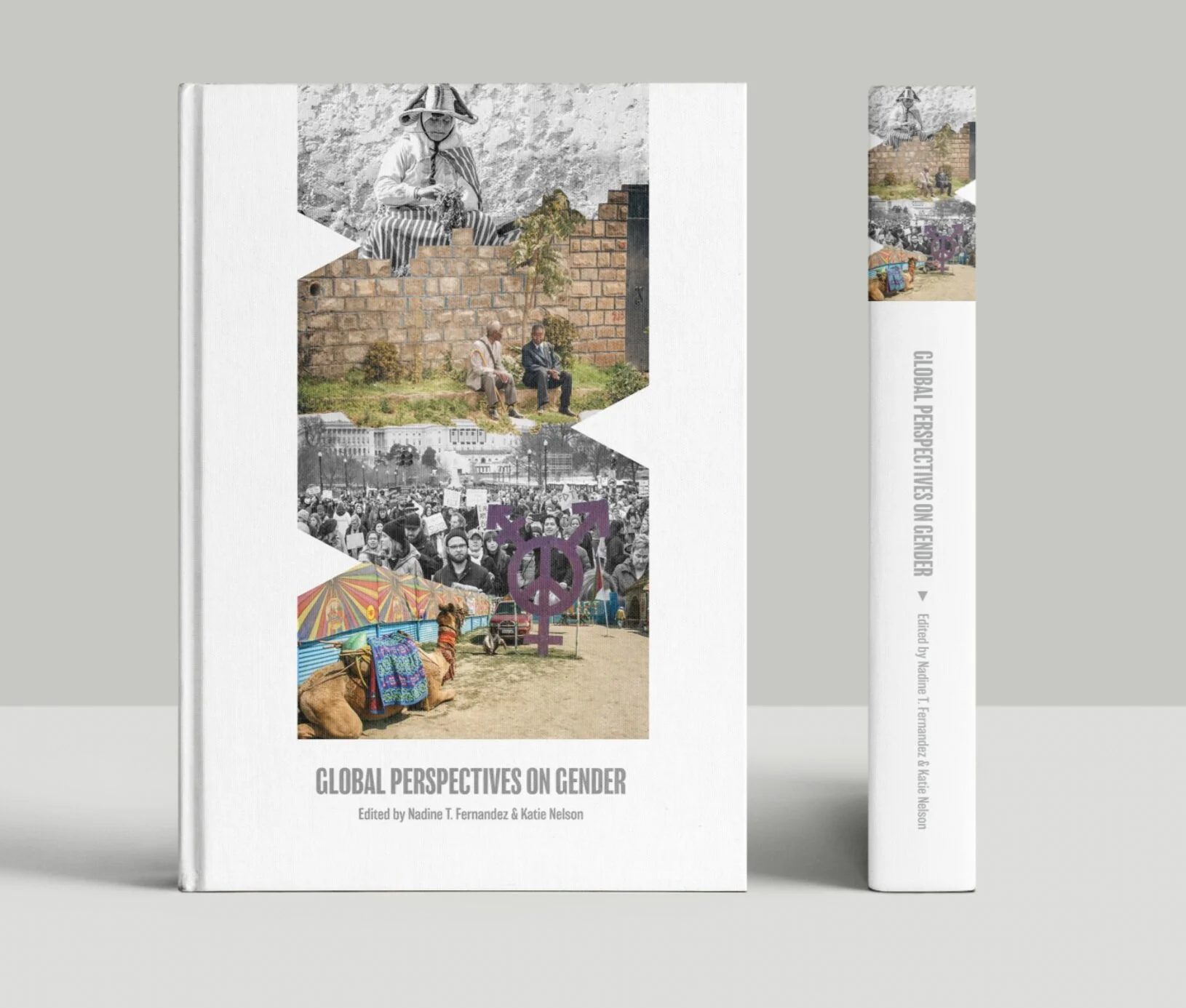Global perspective of Gender book
Generally, the textbooks and courses that currently cover the topic of gender on a global scale leave much to be desired. Separated by topic rather than region, they move from topic to topic and give only isolated examples from different cultures around the world without the greater historical cultural context. When the information is organized in this way, o en the takeaway for students is something to the extent of “ Boy, I’m glad I’m in the US where it’s such a better place for women!” Students aren’t understanding the historical context, relating practices, and interconnectedness of these cultures. This Open-Source textbook works to disrupt that understanding.
Purpose: To inform readers on the holistic interconnectedness of the world’s cultures as it relates to gender. By organizing the content by region as opposed to topic, students will better understand the historical cultural context and intersections of each region. Using a political-economical focus of history for each region, students will look at how the legacy of colonialism and the impact of neocolonialism and/or globalization is having on these regions. This allows them to get a better picture of how these regions are connected rather than seeing each as isolated cultures. This textbook will take a regional approach to examining gendered lives from a social science perspective (primarily anthropological). Chapters will highlight individual contributor’s research, contextualizing their findings within specific geographic regions. Chapters will also feature short project/people profiles that highlight the work of community or political leaders, non-governmental organizations, or local projects that address gender related issues in a specific location.
Concept book covers
Looking at gender through a regional lens, different cultures begin to seem less isolated as we start to recognize the interconnectedness of people and their practices. The lines that separate us start to fade as cultures blend and influence each other. This tactic visualizes the complex interconnectedness of different cultures through seamless photo composites. Focusing still on the real people and places covered in this textbook, the design would balance equal parts of photorealism and abstraction.



